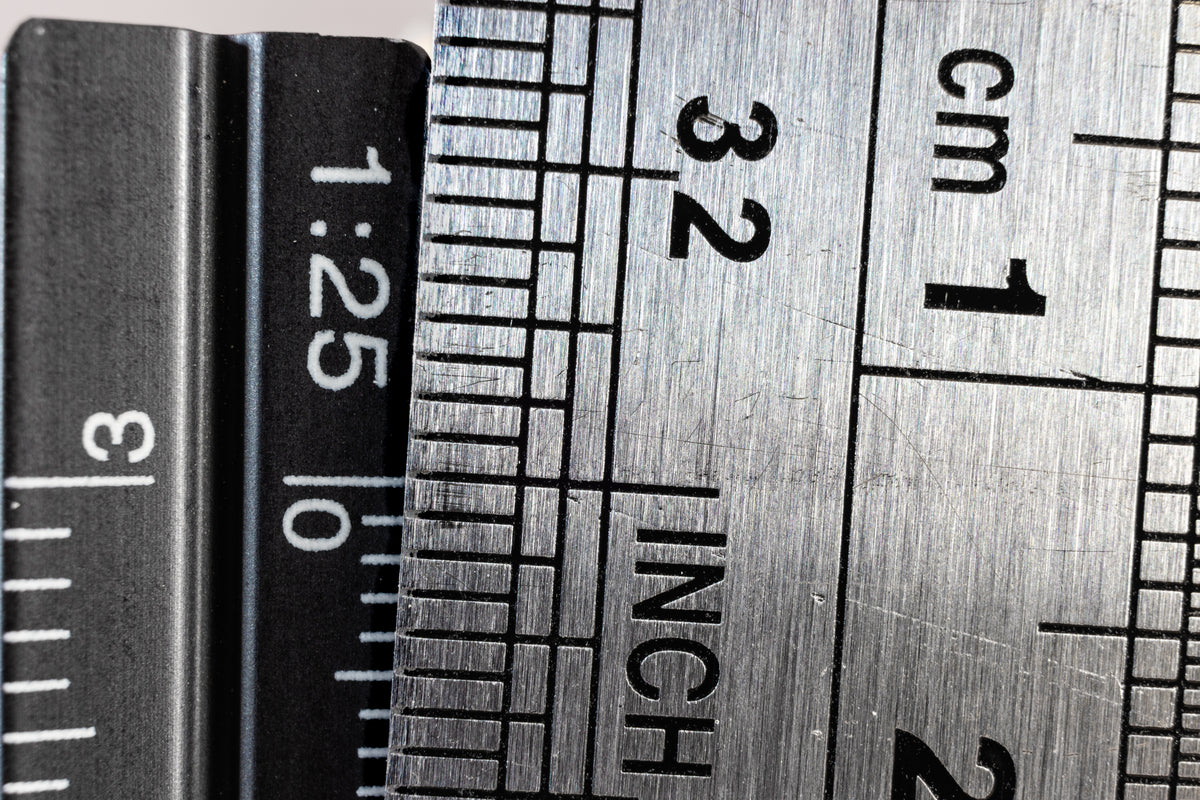Few things are more frustrating than grabbing the wrong socket or bolt. The culprit? Two competing measurement systems: metric (millimeters) and inch/SAE (fractions and numbered screws). At Monster Bolts, we stock metric fasteners and inch fasteners, and this guide will help you understand the differences, find equivalents, and avoid mismatched parts.
Key Differences
- Metric: Sizes listed in millimeters (M3, M4, M8). Thread pitch measured in millimeters (e.g., M6 × 1.0).
- Inch/SAE: Uses fractions (1/4"-20) or numbered sizes (#6-32). Thread pitch measured in TPI (threads per inch).
- Tools: Metric bolts require metric wrenches/sockets; inch bolts require SAE tools. They are not interchangeable.
Quick Conversion Reference
| Metric Size | Closest Inch Size | Notes |
|---|---|---|
| M3 | #4-40 | Not interchangeable |
| M4 | #8-32 | Similar diameter |
| M6 | 1/4"-20 | Most common confusion |
| M8 | 5/16"-18 | Similar size, different threads |
| M10 | 3/8"-16 | Metric = mm pitch, Inch = TPI |
👉 For full tables, see our Metric Thread Pitch Guide and US Threads Per Inch Table.
Tool Compatibility
One of the biggest frustrations is socket sizes. For example:
- 10 mm ≈ 3/8" (but not exact).
- 13 mm ≈ 1/2".
- 19 mm ≈ 3/4".
Almost-fits can strip fasteners. Always use the correct tool system.
Practical Tips
- Keep a dedicated inch/metric ruler or caliper handy.
- Check thread pitch with a gauge—don’t guess.
- Never cross-thread: forcing a metric bolt into an inch nut (or vice versa) damages both.
FAQs
Can I use metric bolts in inch threads?
No. Even if the diameter looks close (like M6 vs 1/4"-20), the thread systems are different. Mixing them risks cross-threading and failure.
Why are metric fasteners more common?
Most of the world uses the metric system. Metric is standardized globally, while inch fasteners remain common in the US and some industries.
How can I tell if a bolt is metric or inch?
Check markings and measure. Metric bolts are marked with property classes (e.g., 8.8, 10.9), while inch bolts use SAE grades (Grade 5, Grade 8). Use our bolt grade markings guide for details.

